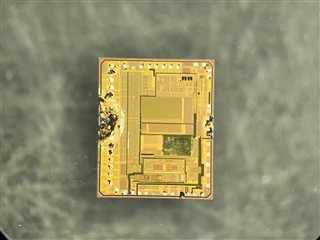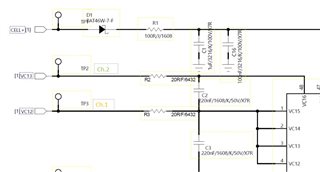Other Parts Discussed in Thread: , BQ76942
Hi
It is said that my customer keeps failing in the esd test.
ESD : Contact ±8~10KV
Fail point: bq76952 or
Is there anything to guide about? For example, PCB correction, circuit correction, etc..
Let me know if you have any related information.

Thanks











